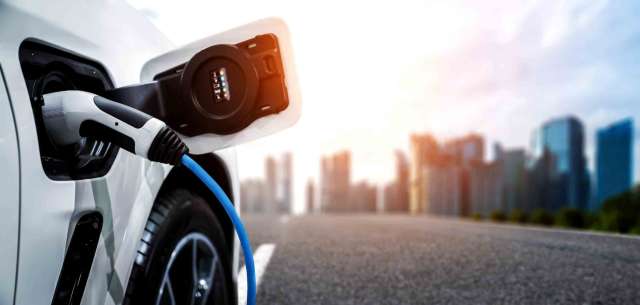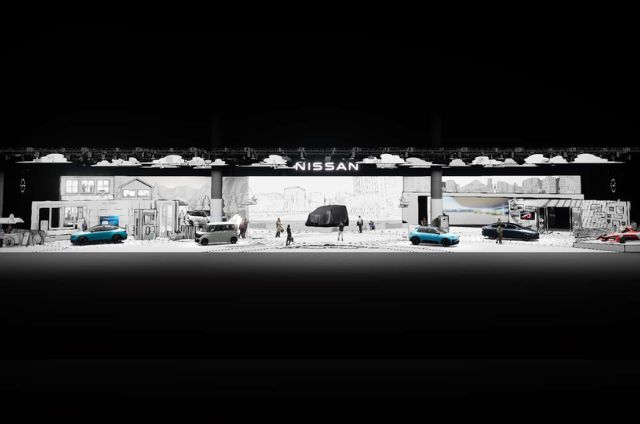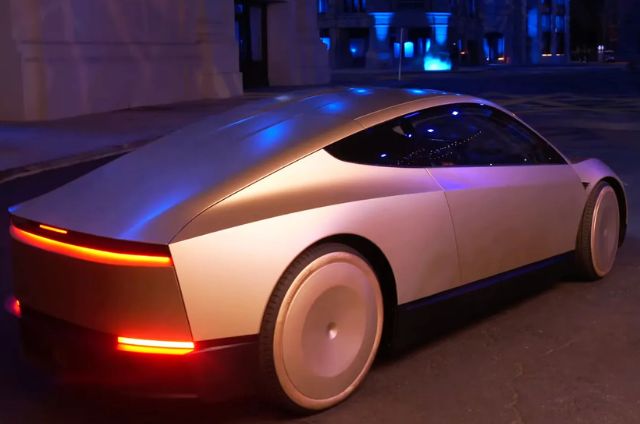Electric cars are changing how we drive, but understanding charging can feel complicated. Whether you’re considering your first EV or already own one, this guide covers the basics to keep your battery topped up and your range anxiety down.
AC vs. DC Charging: What’s the Difference?
AC Charging (Alternating Current):
- Common for home and public Level 2 chargers.
- Slower but suitable for overnight charging.
- Converts household electricity to charge the battery.
DC Fast Charging (Direct Current):
- Found at highway stations.
- Charges your EV in minutes instead of hours.
- Delivers power directly to the battery at high speed.
Charging Levels Explained
- Level 1 (L1):
- Uses a standard 120V outlet.
- Adds about 2-5 miles of range per hour.
- Best for plug-in hybrids or minimal daily driving.
2. Level 2 (L2):
- Requires a 240V outlet, similar to a dryer.
- Adds 25-40 miles of range per hour.
- Ideal for overnight home charging.
3. Level 3 (L3/DC Fast Charging):
- Adds 80% charge in 30-45 minutes.
- Perfect for long-distance travel.
Where to Charge Your EV
- Home Charging: The easiest and cheapest way. Plug in overnight for a full charge.
- Destination Charging: Available at workplaces, malls, and hotels. Great for topping up while you go about your day.
- Fast Chargers: Located along highways. Get a quick boost during road trips.
Finding Charging Stations
Apps like PlugShare, ChargePoint, and Tesla’s Supercharger network help you locate nearby stations. They show availability, pricing, and connector types. Some EVs also have built-in route planning to suggest charging stops.
The Future of EV Charging
- Wireless Charging: Soon, you’ll be able to charge your car simply by parking over a pad.
- Bidirectional Charging: Future EVs could power your home during blackouts or feed energy back to the grid.
Charging an electric car is easy once you understand the basics. With more charging stations and faster technology, driving electric is becoming more convenient than ever.



